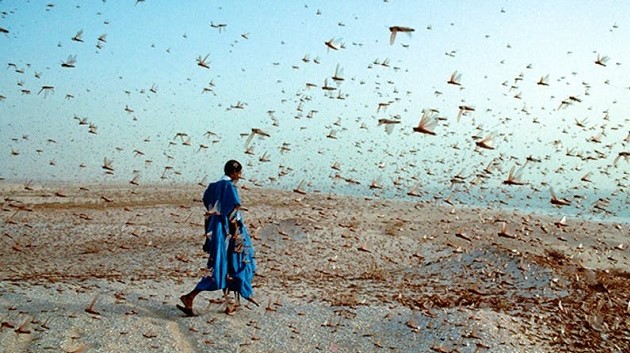The Food and Agriculture Organisation (FAO) on Sunday, November 22, 2020 warned that Kenya could face an imminent second wave of locust invasion, an official source said.

The UN agency said that control operations are underway against small hopper bands that were forming from local breeding in Samburu County, northern Kenya.
In a statement issued in Nairobi on Sunday, the FAO said some of the swarm-lets that arrived in Kenya might have already laid eggs in southern Somalia before their arrival.
“However, there remains a risk of further egg-laying in sandy areas of Northeastern Kenya where recent rains have fallen.
“Breeding continues in central Somalia and eastern Ethiopia where hopper bands are present,” the agency said, adding that a new generation of immature swarms will start forming by the end of this month.
“Swarm formation will continue throughout December because of widespread hatching and band formation that occurred this past week,” part of the statement read.
Further, the organisation added that hatching and hopper band formation could be expected in early December, and called on the government to take measures to control the locusts.
The insects are harmful to crops and may interfere with food security.
Saturday, Agriculture Cabinet Secretary Peter Munya said the government had plans in place to control the locusts once the swarms attacked the country.
In early March, Kenya and a number of countries in the horn of Africa, including Ethiopia, Somalia and Uganda, experienced the worst locust attack in seven years.
The invasion affected 28 counties.
